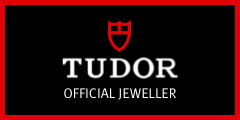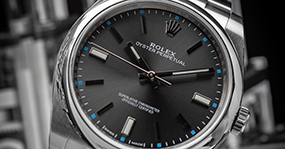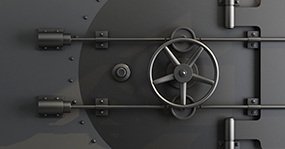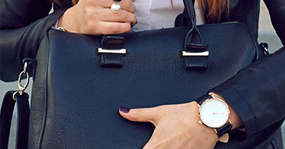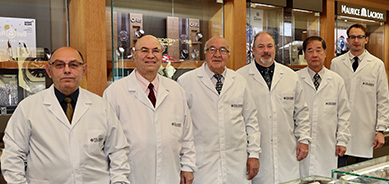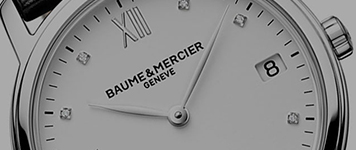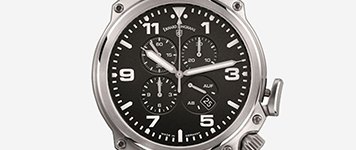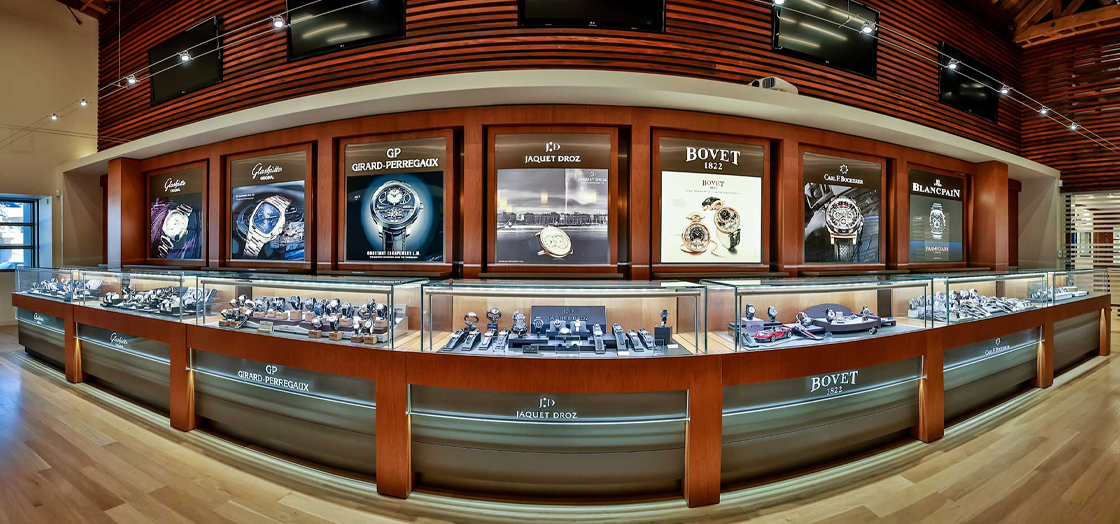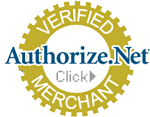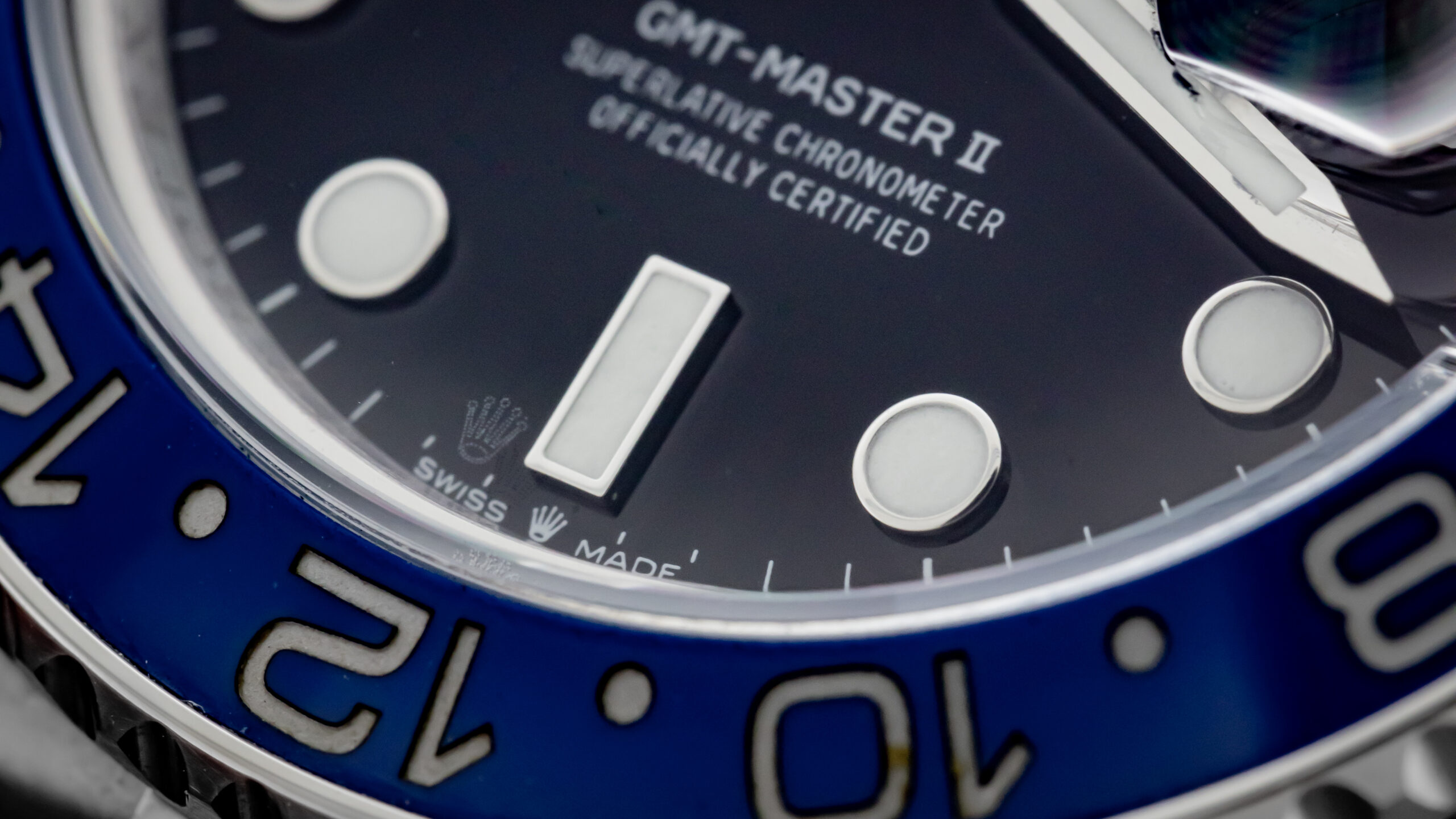
Collector Confessions: How People (Including Me) Get Scammed Into Buying a Fake Watch
This article is definitely more of a confessional than previous ones. So, I’ll say it right off: I got scammed. Many years back, I bought a fake Rolex thinking (perhaps even convincing myself) that it was real. Not a day goes by without replaying what happened that day and swearing that it would never happen again—kind of like getting into a car accident.
Getting scammed into buying a fake luxury watch takes several ingredients:
(1) Good quality fakes. Long gone are the days when you can spot the best fake Rolex from across the room.
(2) An enticingly low, but not unbelievably, low price.
(3) A seller who, while not being a patently cartoonish villain, will also not go to any great lengths to investigate the provenance of the watch for sale.
(4) A hungry, inexperienced collector who wants to believe so badly that they are about to score an amazing deal on their first true, iconic watch.
So, let’s go into a little more depth here:
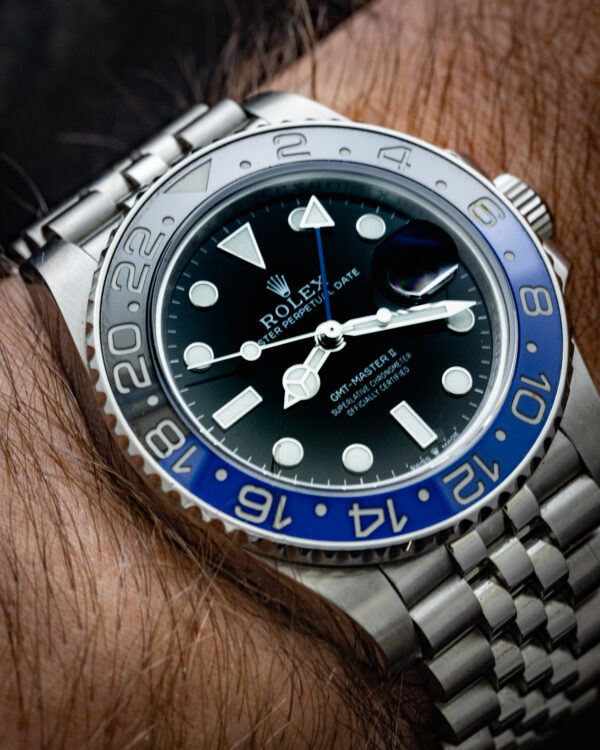
Enter the NOOB (aka super clone) factories and their ilk who are now producing high quality fakes at an industrial scale. These v7, 8, or 9 NOOBs are, to the naked eye, identical to the real thing. They even have the same weight and feel as the authentic version—down to the tenth of a gram. To authenticate these watches, you need to look for some very small, tell-tale signs and check the actual movement—not something an average buyer can comfortably do in a shop.
An enticingly low, but not unbelievably, low price. Yes, there’s a sucker born every minute, but none of them think they’re stupid. The price has to be in the ballpark for the watch to be taken seriously. Plus, high quality fakes do actually cost money to make in terms of the capital requirements for the machinery used, decent materials, and assembly people.
A seller who will not go to any great lengths to investigate the provenance of the watch for sale. There are degrees of fake watch sellers. Basically, there are those who knowingly scam people and have full knowledge that their wares are not made within 10,000 miles of Switzerland. Then there are those who, more or less, have some inkling that something’s off about the watch, but they have enough to cling to, enough plausible deniability, that they are going to sell the watch at a ballpark price point.
I suppose there are sellers who genuinely get duped themselves, but I’ve found over the years collecting and gathering intel that watch sellers know their stuff, and if they don’t, it’s because they don’t want to—perhaps again for plausible deniability or just blissful ignorance.
A hungry, inexperienced collector. While not born every minute, hungry and inexperienced collectors are probably born once every 12 minutes on average. They are out there. They want a first ‘real’ watch and one that is iconic. The thing is, they are also young and cocky. Remember all the dudes in the mid 2000s who thought they were going to win the next World Series of Poker? Add a level of price sensitivity to this mix, and you have a lethal combination—a naïve, yet arrogant belief that they could get a Rolex for 75% of true market price if they used their robust poker-playing deal-making skills. I guess that was me.
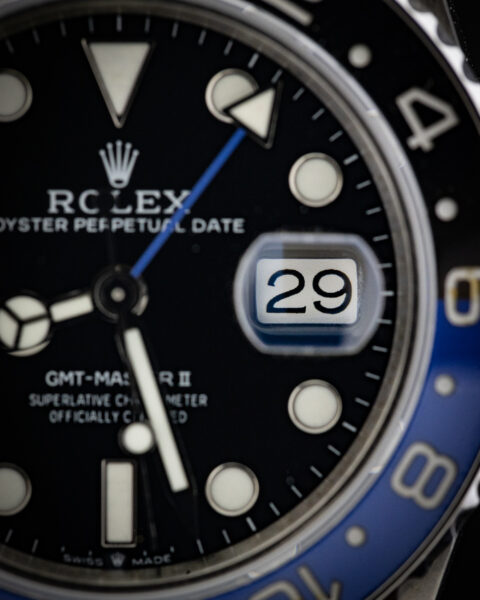
So, what happened?
I really, really wanted to get a Rolex Batman GMT back in 2019, but even then, AD supply was short. I would spend hours a day researching prices and potential sellers of all stripes—eBay, Craigslist, authorized resellers. At the time, a good market price for a pre-owned Batman was around $10,500.
The pre-owned Rolex market is pretty efficient. Rarely will you see online prices deviate more than +/- 10% of the mean for a piece in decent condition. But I lived in LA, and there are lots of sellers in the Jewelry District who will want to make a deal, right?
I then absorbed as much info as I could find on spotting fakes so that I would not be duped. I learned about the engraved serial numbers on the rehaut, the tiny crown engraving on the crystal, lining up numbers in the date window, and other measures. If I brought a loupe and could carefully inspect the watch in question for these anti-counterfeiting features, I should be in good shape.
I then went to the aforementioned jewelry district. I found a guy who had the pre-owned Batman I wanted (no box, no papers—somewhat of a red flag but not unheard of). I whipped out my loupe and did some inspection, which annoyed the seller guy to no end, but too bad.
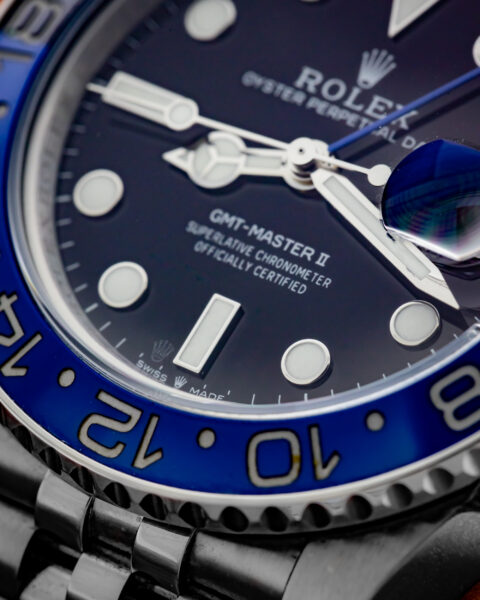
The watch ticked the boxes, and it felt real in terms of weight and touch (or so I convinced myself). I asked some questions about the watch, which he answered knowledgeably. We negotiated on price, and I got the watch for a, yes, enticingly low but not unreasonable price. I’m still too embarrassed to this day to publish what it was. I walked out with my grail piece and an ear-to-ear smile.
Then the pandemic happened. I couldn’t get an in-person authentication for insurance purposes, but there was a lot going on in the world at the time, and I could wait. For about six months I wore that Batman with pride—albeit during the lockdown. One time, I washed my hands with it on, and some water seeped in through the crown. I convinced myself that the crown must not have been fully screwed in, but this would wind up being the beginning of the end of the honeymoon period for this watch.
Fast forward a year, and it was time to have the watch authenticated for insurance. I wanted an in-person authentication, so I brought it into a local watchmaker who, on initial naked-eye visual inspection, was confident. But then things started to unravel. I started hearing about laser welding that looked sketchy as well as other tell-tale signs that raised red flags. There were diamond coatings that didn’t seem authentic and gaskets that looked “too cheap for Rolex”. The needle was swinging away from real towards fake quickly. Then came the final deflator of hope: when he cracked the watch open to find an obviously Chinese-made movement. I was duped, conned, embarrassed, angry.
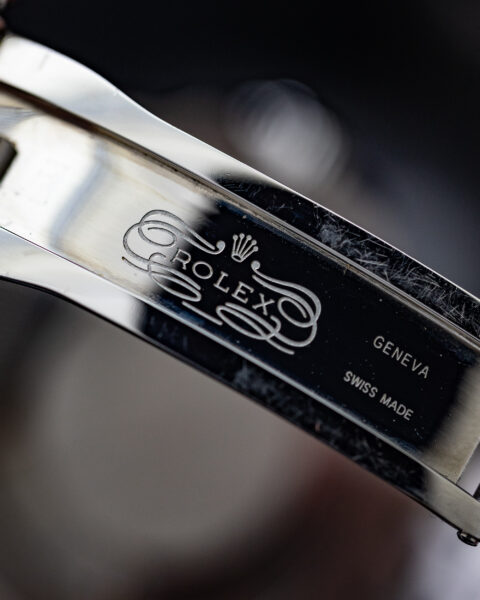
The watchmaker, as a salve, did let me know that he though the ceramic bezel “could be real”. Great! My first grail watch was a possible franken-fake (but probably just a fake). The worst part of all this: handing over my credit card to pay the guy who declared my formerly favorite watch a counterfeit.
So, if there’s one piece of advice to pass on to you: There are a lot of high-quality fakes out there that the amateur or semi-pro cannot easily spot. You only know a watch is real until a bona fide watchmaker and expert can look at the movement and make other careful inspections.
(The epilogue to this story is that I did try to find the guy who sold me the fake. Probably not the best idea, but it didn’t matter because his shop was boarded up years after the sale. I felt like I was in a bad movie running around telling anyone who would listen: “It was here, I swear!”)
At Feldmar, we have the vast watchmaking skill and experience to easily spot counterfeits as part of our watch appraisal process, which happens with EVERY pre-owned piece we have for sale. We may very literally have seen it all, and we stand by the authenticity of all watches we sell.
If you are interested in obtaining a pre-owned luxury timepiece, we offer a wide variety at many different price ranges to suit your budget. Whether it’s an Audemars Piguet, Rolex, Cartier, Arnold & Son, Breitling, Omega, Vacheron, Jaeger LeCoultre, IWC, Panerai, Patek, or any other model, all Feldmar women’s and men’s pre-owned timepieces are in excellent condition and authenticated to the best of our industry-leading knowledge.
If you’re interested in getting a great deal on an authentic pre-owned Rolex that won’t leave you with any unpleasant surprises years later (or have you wandering around LA’s jewelry district with a score to settle), then Feldmar should be your destination. Visit us in store or online.

